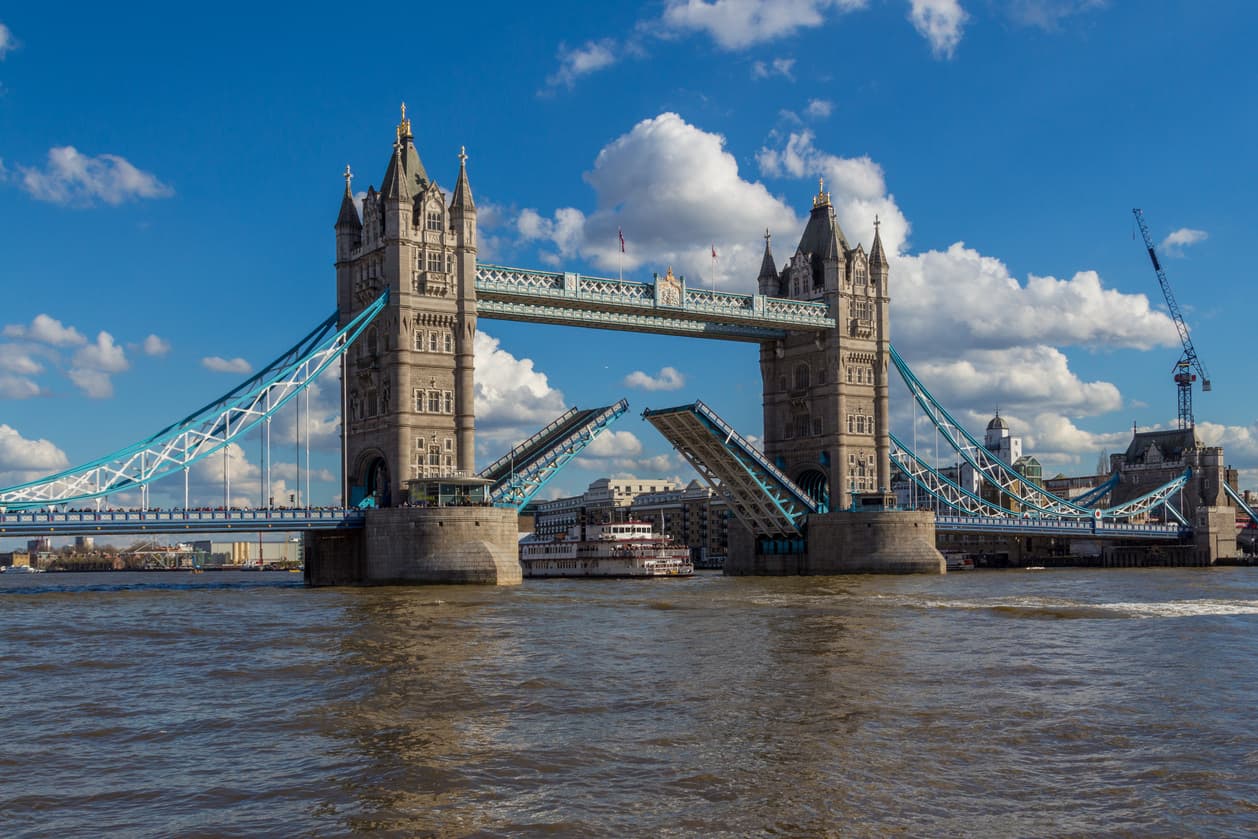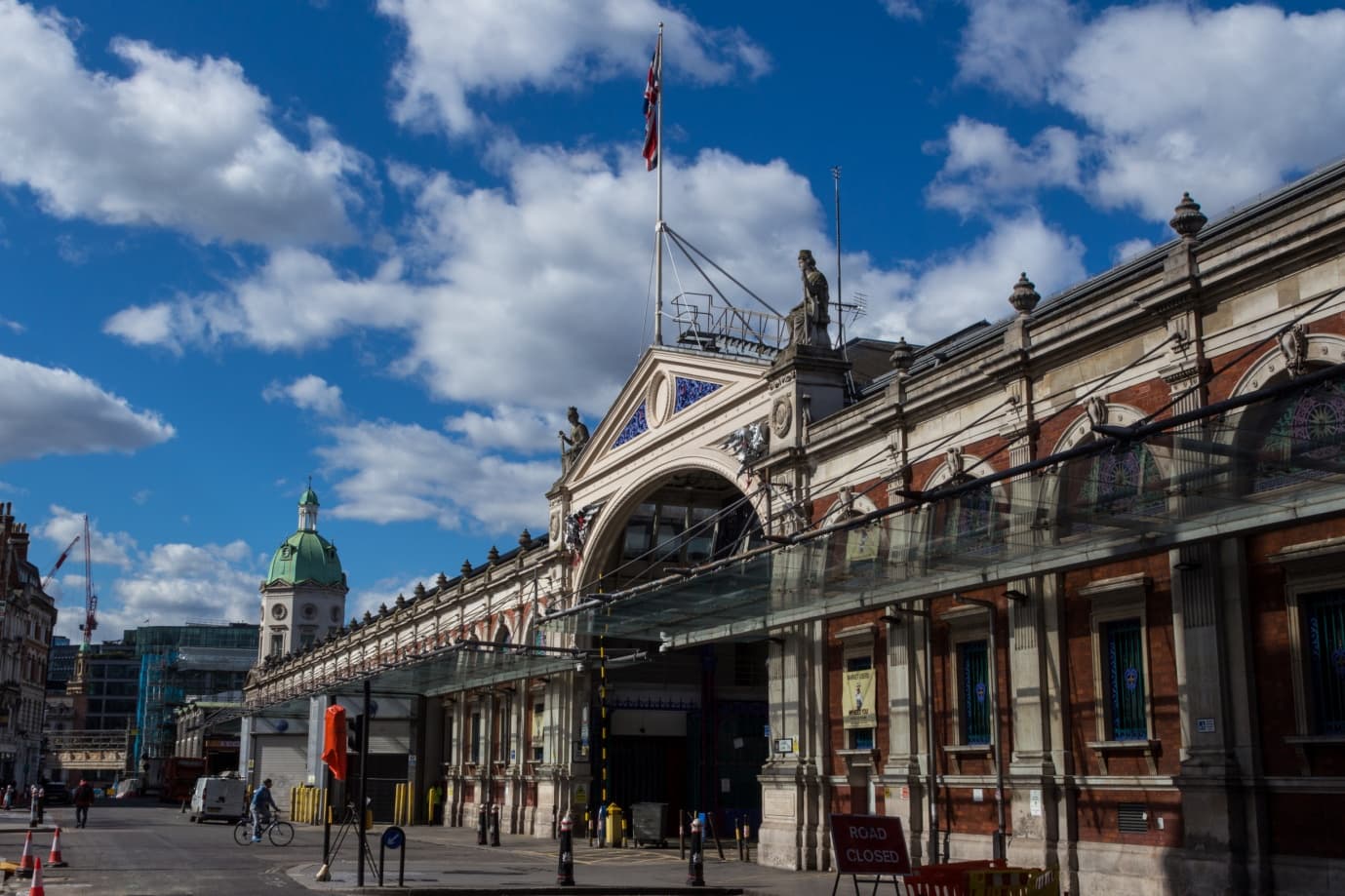
|
HORACE JONESThe man who designed Tower Bridge |

Horace Jones (1819-1887) was the architect who designed Tower Bridge, London’s most iconic building. He also designed the great markets of Smithfield, Billingsgate and Leadenhall, and left a visual legacy in London which is matched only by that of Sir Christopher Wren. Yet Horace Jones is virtually unknown outside a small circle of specialists. There is no memorial to him in the City, his name does not appear on the great brass plaques commemorating the opening of Tower Bridge in 1894. Virtually nothing appears about him in the annals of Victorian architecture. Why? The answer lies in a mixture of things: architectural taste, neglect, and the fact that Horace Jones himself left little in the way of archive material about his life and work. This website is dedicated to putting Horace Jones back in his rightful position as one of Victorian London’s greatest architects. David Lascelles |
The man and his legacy
Few people have heard of Horace Jones but everyone knows his most famous work: London’s Tower Bridge. Jones designed this stunning creation with its turrets and bascules in the 1880s to provide a much-needed Thames crossing for Victorian London.
Jones was the architect of other popular City sights: the markets of Smithfield, Leadenhall and Billingsgate, the Temple Bar memorial with its fierce dragon, the City School of Music and Drama. He even had a hand in the construction of Holborn Viaduct. In fact, without him, London would be a very different place.
Jones was chief architect to the City of London authority from 1864 till his death in 1887, and in that time he oversaw most of the huge works that transformed Dickensian London into the capital of the world’s greatest Empire. He fought tough battles to achieve his work, with Parliament, with local interests who resisted change, even with his own council. But he usually won. In the end he was knighted by Queen Victoria for services to the City.
So why is he not better known?
One reason is that many people in the architectural profession look down on him. They see him as a local authority engineer, competent but lacking in artistry, and perhaps “too popular”. They consider that creations like Tower Bridge belong to Disneyland rather than to the realm of serious architecture. When Jones applied to become President of the prestigious Royal Institute of British Architects, they turned him down as unsuitable. It was only after he mounted a noisy protest that they elected him to the post.
Another reason is that the Corporation of London has neglected him. There are no memorials to the man who is arguably their greatest architect: no plaques, no places named in his honour, no portraits or statues.
It is an extraordinary story of undeserved obscurity.
The biography I published in 2024 is the first to appear in the more than 130 years since Jones died. It fills a wide gap in the architectural history of London. But it is only a start. Much more can be done to explore Jones’ life and work, and make his name known to the millions who admire his dramatic buildings.
Take a video tour
A Blue Plaque?

English Heritage runs a scheme to place a Blue Plaque on buildings in London where famous people lived. There is none for Horace Jones.
I recently lodged an application to have Jones commemorated with a Blue Plaque over his home in Marylebone (left). I am delighted to report that English Heritage have accepted the proposal and put him on the shortlist, which means he has a strong chance of being commemorated, though the process may take some time.
What is the future of Smithfield Market?
After Tower Bridge, Smithfield Market is Horace Jones’ best-known work. He built it in the 1860s to replace the filthy open air cattle market which had existed in the City for hundreds of years. It was a tremendous undertaking which required not just a building but arrangements to deal with ventilation and sanitation, as well as providing quarters for hundreds of butchers’ businesses. But it was an instant success. Its palatial and appealing architecture has served London’s meat business for over 150 years.
Sadly, the City Corporation, which owns Smithfield, has decided to close the market down because of costs. But Jones’ building is protected and will not be demolished. Part of it will be used to house the Museum of London, and a new role will be found for the rest, possibly along the lines of the renovated Covent Garden which has thrived as a retailing attraction.

Buy the book: the first biography in more than 130 years.

Horace Jones. Architect of Tower Bridge by David Lascelles. 175pp. Fully illustrated. Profile Editions. £18.99. Available from Amazon and independent booksellers.
For more information contact book@davidlascelles.com